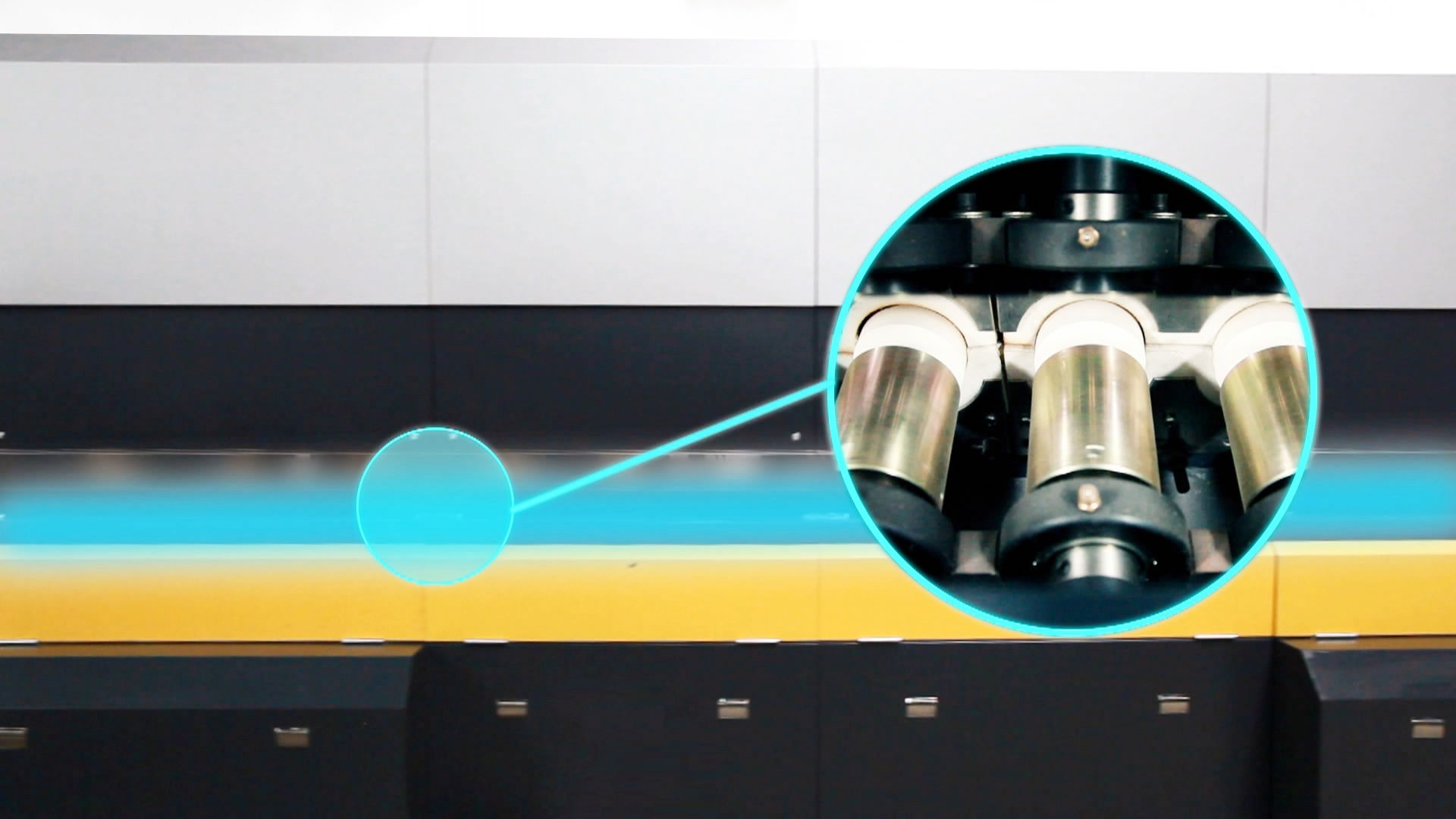How is the side window glass processed and produced?

At present, high-speed vehicles, such as high-speed rails, airplanes, and ships, have been widely used in traffic. Among them, side windows are widely used as the main lighting and sightseeing parts, for the high-speed operation of high-speed rails, airplanes, ships, etc. There are many technical requirements for the performance of side window glass, including impact resistance, deformation resistance, sound insulation, heat insulation and fire protection, heat preservation, sun protection, etc. Therefore, high-speed rail side window glass is designed in various ways. Side window glass manufacturers generally use multi-layer tempered glass with a insulated structure, which has the advantages of good mechanical properties and can reduce the total amount of production and processing. Through the structural design of the glass itself, it can meet the performance requirements of modern high-speed vehicles.
Before the side window glass is processed, it is processed with float glass called "original glass". First, the large piece of float glass is cut into small pieces of the side window glass size of high-speed rail, aircraft, and ships. The glass is then placed on an automatic cutting machine to start cutting. Glass cutting is the first process, which mainly cuts the original glass into the shape of the side window glass of vehicles such as high-speed rail, airplanes, and ships.
The Low-E edge grinding machine is mainly used for the pre-processing of side window glass and is mainly responsible for cutting side window glass. For washing and grinding processes, the entire production line does not require a lot of manual operations, and the degree of automation is very high. Production workers only need to start the glass production line and place the original glass, and the remaining processing steps are completed by automated equipment.
Two processing procedures such as cutting, grinding, and edging will cause glass dust to adhere to the glass surface, so the glass needs to be thoroughly washed and dried to wash away the glass dust and marks produced during the handling process, to keep the glass washing.
After cutting, edging, washing, and other processing procedures, the side window glass will be tempered. After the side window glass is tempered, the tempered glass can be broken, but the sharp edges and corners will not be scattered all over the place to hurt passengers, and passengers can break the side window glass to escape.
Because the side window glass of a vehicle is generally laminated insulating glass, it is made of two pieces of glass sandwiched by a layer of transparent bonding material (PVB film). After the glass is cut, edged, and washed, it enters the processing link of "piece matching". In composition, the inner glass near the inner lining of the high-speed vehicle is the outer glass), and the inner glass and the outer glass are laminated.
The finished glass is placed in a fixed processing position, and the workers are responsible for transporting it to the hot bending furnace for processing and forming. After being processed by the hot bending furnace, the original two pieces of flat glass are deformed by the hot bending furnace using high heat and high pressure to form the curvature of the side window glass used in automobiles.
The side window glass after hot bending will enter the lamination process. This process is mainly to add a layer of transparent adhesive material (PVB film) between the inner and outer sheets. The pipe extracts the air in the interlayer of two pieces of glass, which is the initial bonding of the two pieces of glass.
After the two pieces of glass are bonded with the PVB film, they enter the next step, which is heating at a high temperature. The glass is placed in the autoclave of the laminated glass processing equipment, and the residual air in the two pieces of glass is drawn out by vacuum pressure, and the inner and outer pieces of glass are tightly bonded with the PVB film. At this time, the side window glass has anti-infrared, transparent high luminosity, and other advantages.
For more information about insulating glass processing equipment and insulating glass processing accessories, please click here to learn more.


